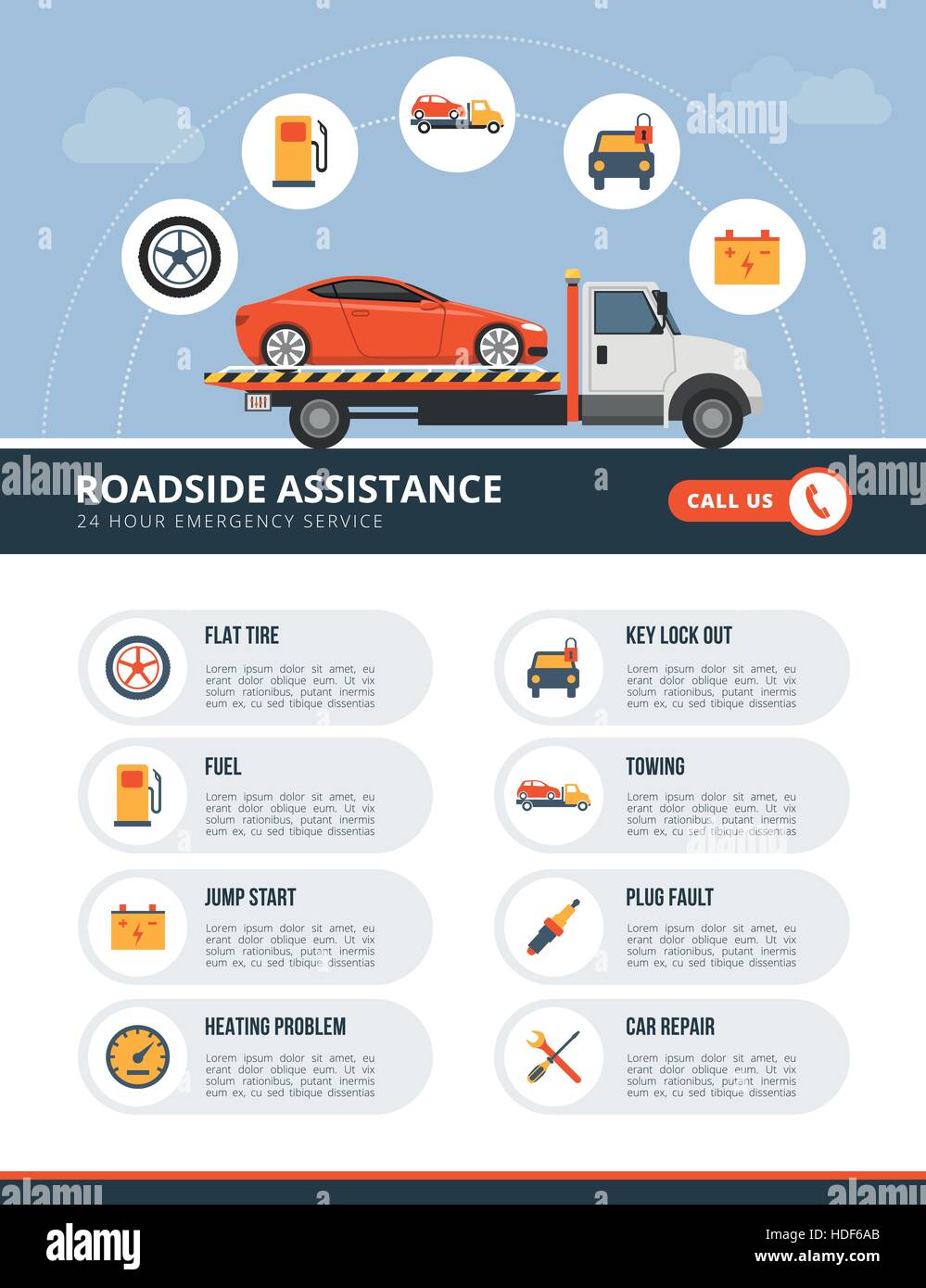Analyzing Your Vehicle'S Alert Lighting: Their True Ramifications
Analyzing Your Vehicle'S Alert Lighting: Their True Ramifications
Blog Article
Web Content Writer-Faulkner Corbett
When you lag the wheel, those beautiful warning lights on your control panel can be a bit difficult. Do you recognize what they're trying to tell you concerning your car's wellness? Recognizing the significance of these lights is crucial for your safety and the longevity of your car. So, the following time among those lights appears, wouldn't you intend to decipher its message precisely and take the essential steps to resolve it?
Common Warning Lighting and Interpretations
Recognize typical caution lights in your cars and truck and understand their significances to guarantee secure driving.
One of the most normal caution lights include the check engine light, which signifies problems with the engine or exhausts system. If this light begins, it's crucial to have your vehicle inspected immediately.
The oil stress warning light shows low oil pressure, calling for prompt focus to avoid engine damages.
A blinking battery light might recommend a faulty billing system, potentially leaving you stranded otherwise addressed.
The tire pressure surveillance system (TPMS) light alerts you to low tire pressure, influencing vehicle stability and fuel performance. Disregarding this can cause risky driving conditions.
The abdominal light suggests a problem with the anti-lock braking system, jeopardizing your capacity to quit promptly in emergencies.
Last but not least, the coolant temperature advising light warns of engine overheating, which can lead to serious damage if not settled swiftly.
Comprehending these common warning lights will certainly assist you resolve issues without delay and maintain secure driving problems.
Significance of Prompt Focus
Comprehending the common caution lights in your cars and truck is just the first step; the relevance of promptly dealing with these cautions can not be emphasized enough to ensure your safety and security when driving.
When a warning light brightens on your dashboard, it's your automobile's way of interacting a potential concern that needs interest. Overlooking these warnings can result in extra severe issues later on, jeopardizing your security and possibly costing you extra out of commission.
Prompt focus to warning lights can protect against failures and crashes. As an example, a blinking check engine light might suggest a misfire that, if left neglected, can cause damages to the catalytic converter. Resolving this immediately can save you from an expensive repair service.
Likewise, a brake system advising light could indicate reduced brake liquid or used brake pads, vital parts for your safety when driving.
Do It Yourself Troubleshooting Tips
If you observe a warning light on your dashboard, there are a couple of do it yourself troubleshooting suggestions you can attempt prior to seeking specialist assistance.
The primary step is to consult your cars and truck's handbook to understand what the certain caution light shows. In https://www.wired.com/story/fight-right-repair-cars-turns-ugly/ can be as simple as a loosened gas cap triggering the check engine light. Tightening up the gas cap may fix the issue.
One more typical concern is a reduced battery, which can cause numerous warning lights. Examining https://paxtonukarh.blazingblog.com/31283351/eager-to-uncover-the-best-car-repair-shop-nearby-take-a-look-at-the-top-10-tips-that-will-aid-you-get-to-an-educated-choice for rust and ensuring they're secure could deal with the issue.
If a warning light continues, you can try resetting it by detaching the auto's battery for a few mins and after that reconnecting it. Furthermore, examining your car's liquid degrees, such as oil, coolant, and brake liquid, can assist repair cautioning lights connected to these systems.
Conclusion
Finally, understanding your car's warning lights is crucial for maintaining your vehicle running efficiently and safely. By quickly addressing these informs and understanding what they suggest, you can avoid costly repair services and possible failures.
Keep in mind to consult your cars and truck's guidebook for certain information on each advising light and take action accordingly to ensure a hassle-free driving experience.
Stay educated, remain safe on the road!
